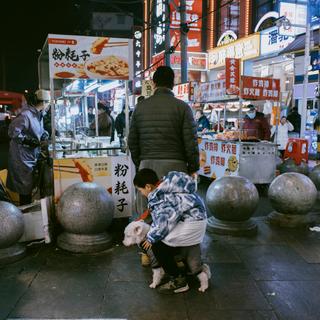


Five years after Covid's emergence, we return to Wuhan, the Chinese city where it all began
FeatureIn this central Chinese city where the SARS-CoV-2 virus first appeared, relentless development is erasing the traces of the infamous pandemic. Now buried under a heavy political silence, this 'bad dream' has left a 'bitterness' among the population.
"They look good on you." At The Era of Glasses, the optician is quick with compliments to make a sale, despite the obvious mismatch between the frame and the customer's face. She has more models to suggest, all of which can be customized to the required prescription. In this market, the entire upper floor is dedicated to selling glasses. As for the floor below, the merchants hardly mention it anymore, as if ignoring the epicenter of a pandemic that once brought the world to a standstill.
Seemingly every TV channel and newspaper on the planet has shown photos of the Huanan wholesale market, whose name means "southern China," even though Wuhan is in the center of the country. At the crossroads of Xinhua ("New China") Road and Fazhan ("Development") Street, not far from Hankou's main railway station, the building remains surrounded by palisades, five years after the start of the Covid crisis. Posters announce that the food market has been permanently relocated to another neighborhood. The eyewear trade, however, was able to resume as early as June 2020.
No one knows what will eventually become of the building, so closely tied to the emergence of Covid-19. It has been burdened with a reputation for unsanitary conditions, an image of a pangolin-loving China far removed from the lives of ordinary people, and the ongoing controversy over the origins of the virus. "That was a long time ago. The fresh produce market had to go, but we can stay for now," said the optician.
Automotive industry in decline
You have 82.18% of this article left to read. The rest is for subscribers only.
